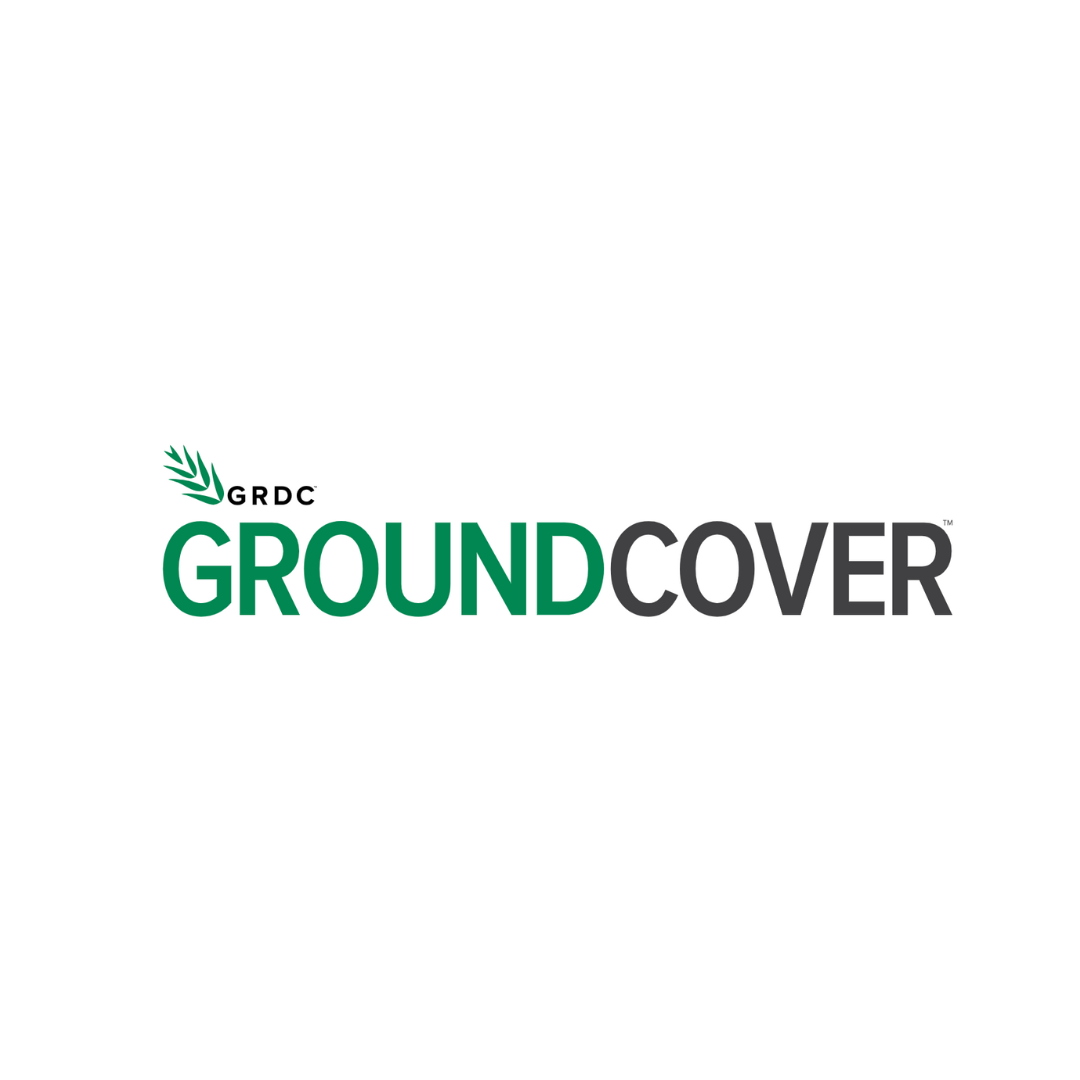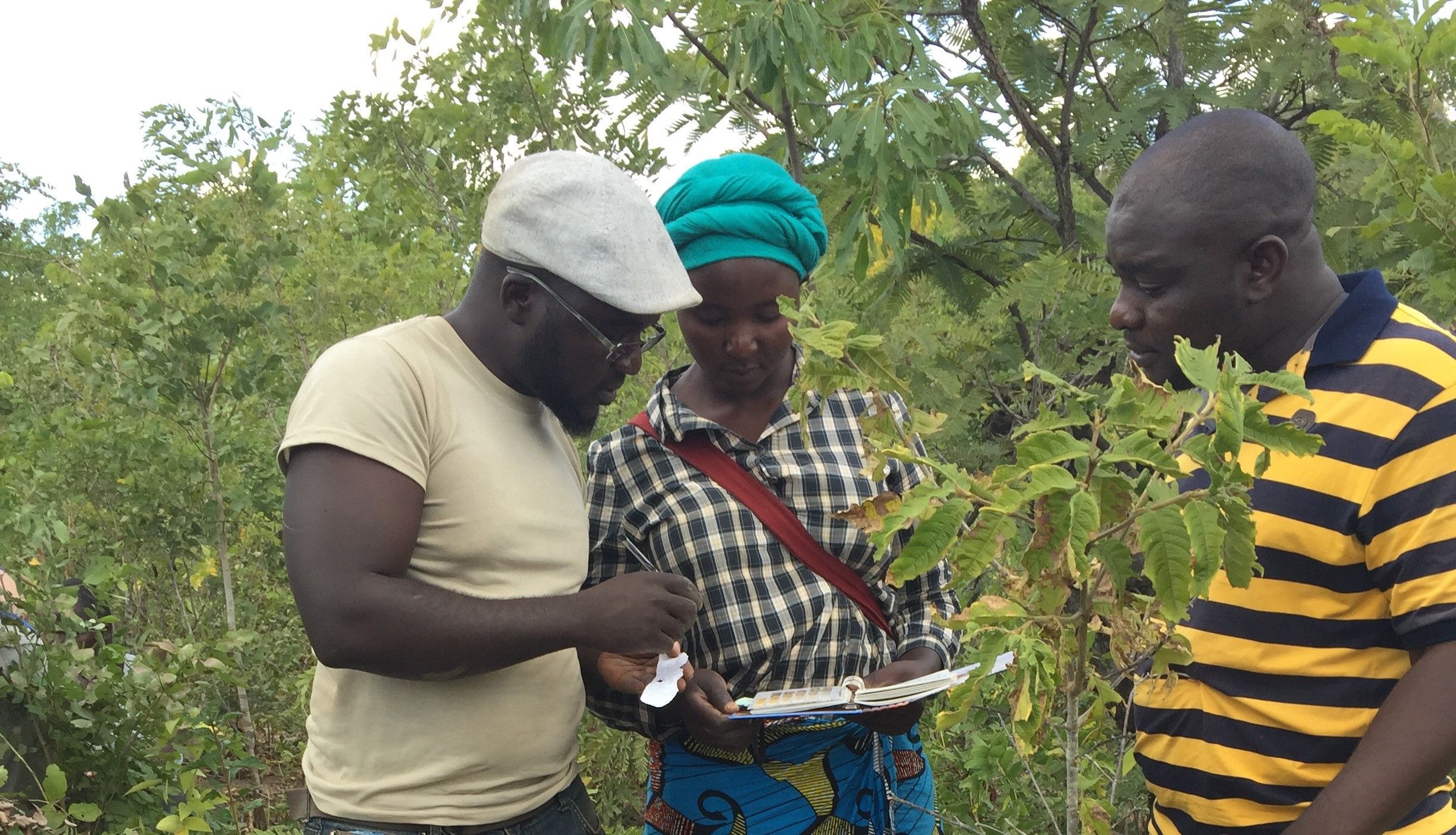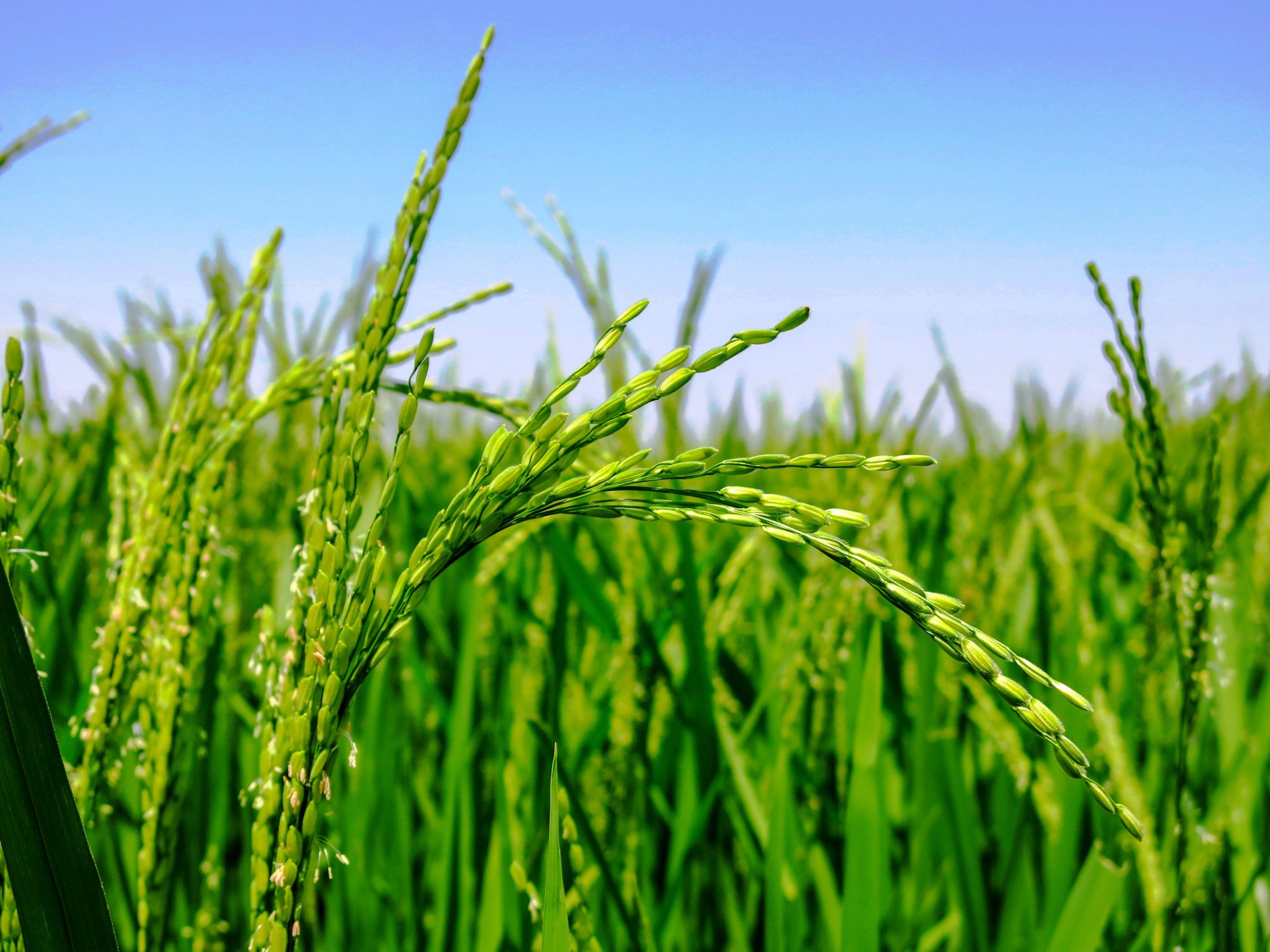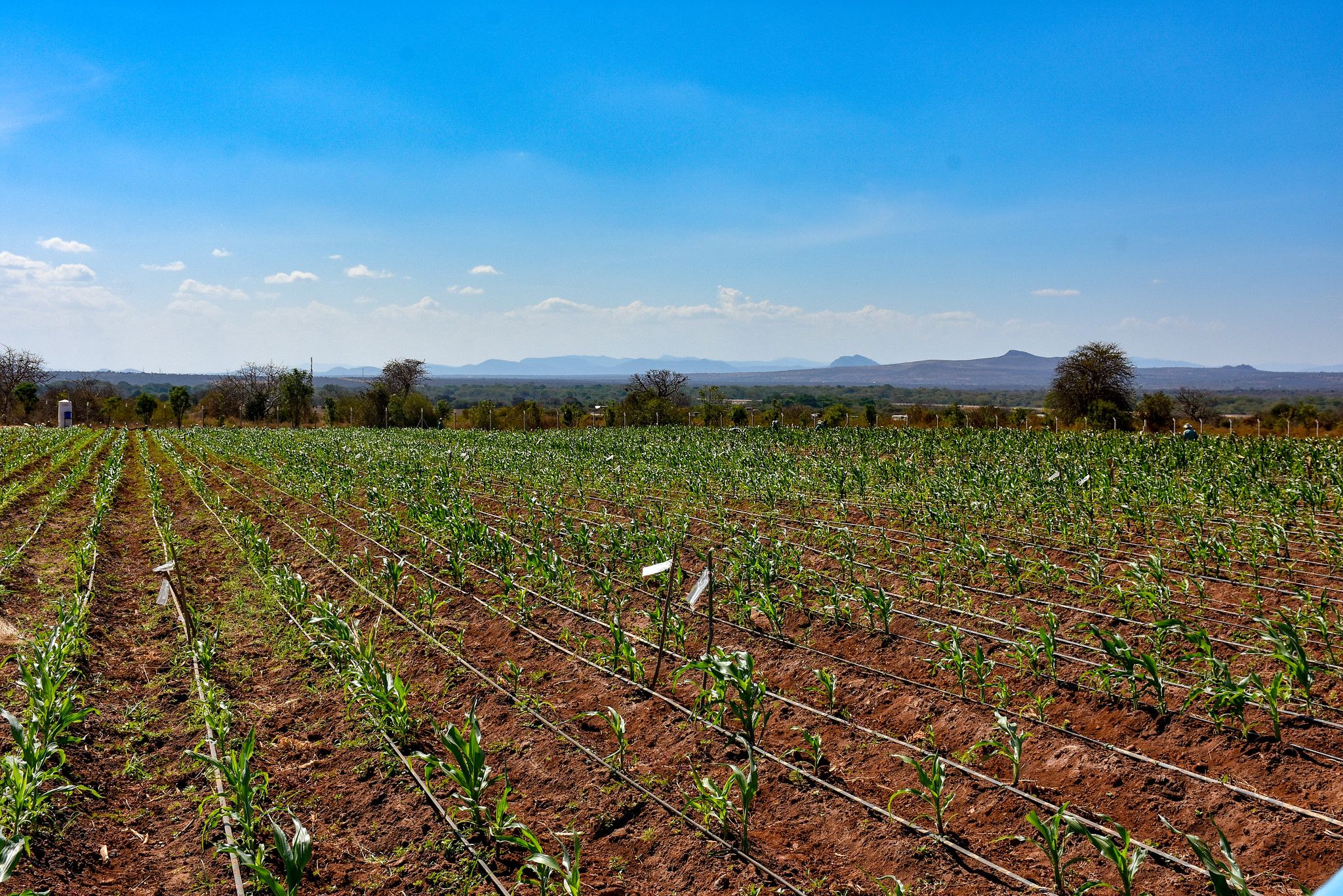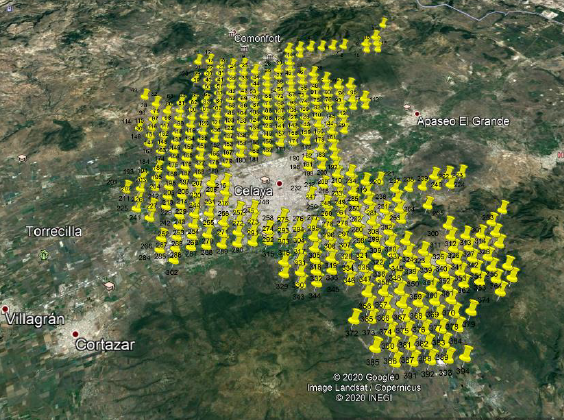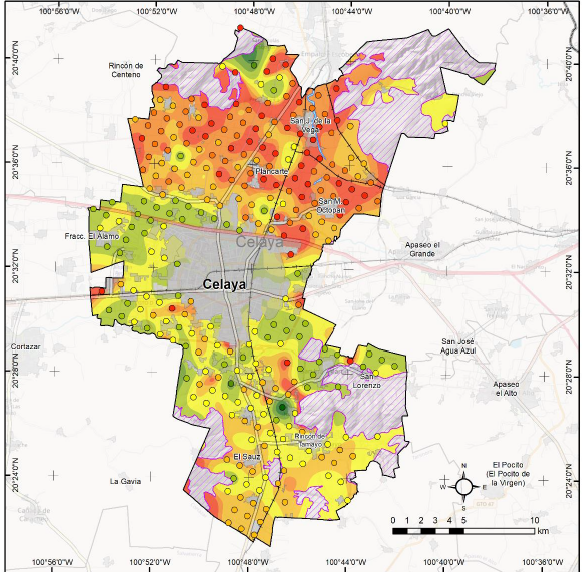New innovative crops could significantly reduce agriculture’s climate change impact and environmental footprint
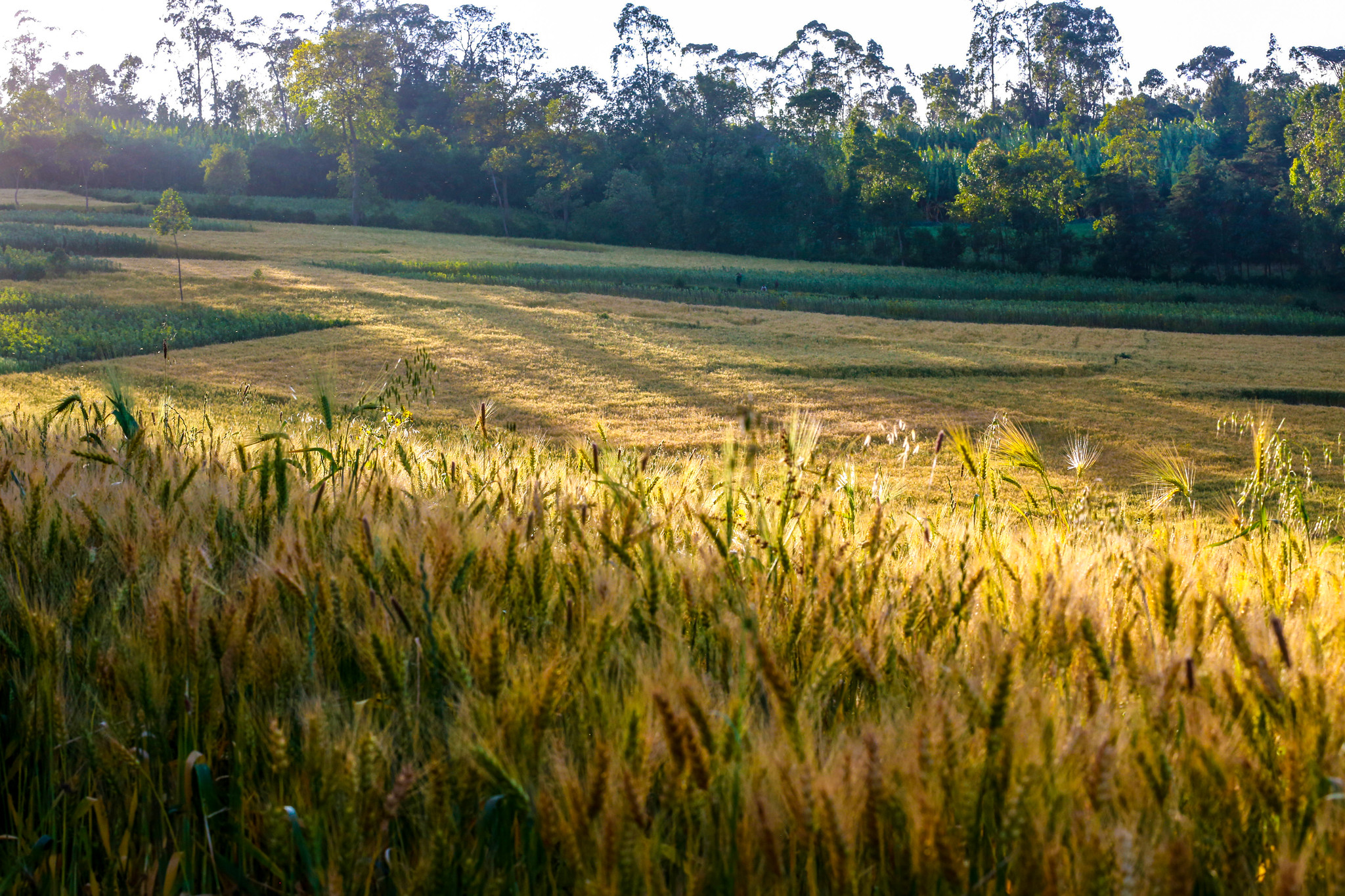
As the global population approaches the 10 billion mark, the reliance on fertilisers to boost agricultural production has become an essential, yet environmentally challenging, practice. A Century-long dependence on these additives has allowed food production to keep pace with the growth in human population. However, the use of fertilisers across various farming systems is now causing severe ecological stress. The leaching of nitrogen into natural ecosystems, coupled with the release of greenhouse gases, is pushing the Earth’s environmental limits to a critical threshold.
To address this, an ambitious new research initiative aims to shrink the nitrogen footprint of agriculture by developing a breakthrough technology based on nature’s own solutions: a natural process called biological nitrification inhibition (BNI). The Novo Nordisk Foundation has awarded CIMMYT a grant of up to USD 21.1 million to lead an innovation research initiative called CropSustaiN that is designed to reduce the nitrogen footprint of wheat cultivation.
“Success in this initiative could lead to a major shift in agricultural practices globally, benefiting both the planet and farmers’ livelihoods. In addition to using less fertiliser, cost for the farmer will be minimal because all the components are already in the seed. This initiative could, potentially, be extended from wheat cultivation to include other staple crops like maize and rice,” says Claus Felby, Senior Vice President, Biotech, Novo Nordisk Foundation.
“BNI could be a part of how we revolutionise nitrogen management in agriculture. It represents a genetic mitigation strategy that not only complement existing methods but also has the potential to decrease the need for synthetic fertilisers substantially. The mitigation potential of better nitrogen fertiliser management could be as impactful for the Global South as the Green Revolution,” explains Bram Govaerts, Director General, CIMMYT.
Revolutionary mitigation approach
Rooted in a seed-based genetic strategy, BNI leverages a plant’s innate ability to suppress soil nitrification through the release of natural compounds. This approach potentially promises to curb the use and leaching of synthetic nitrogen fertilisers—a significant contributor to greenhouse gas emissions and water pollution—without compromising wheat yield or soil vitality. The BNI-method contrasts with synthetic nitrification inhibitors and could offer a more scalable and cost-effective solution, potentially reducing nitrogen fertiliser usage by 20%, depending on regional farming conditions.
By harnessing the power of genetics in plant seeds, CropSustaiN leverages the natural process of BNI to develop new wheat varieties that require significantly less nitrogen fertiliser. Using conventional breeding, genes from wild crop relatives like wild rye, which have inherently better nitrogen use efficiency, are incorporated. CIMMYT makes such breeding products available to its global network of partners for the international public good.
The agenda for CropSustaiN includes validating BNI efficacy across diverse climates and integrating the technology into mainstream agricultural protocols. While the venture carries success risks, the potential rewards—ranging from widespread BNI adoption to valuable insights into nitrogen management—position it as a pioneering initiative. By ensuring that the seeds developed through this program are accessible to all farmers without exclusive patent rights, the Novo Nordisk Foundation is leading an inclusive approach to agricultural innovation.
CropSustaiN builds on the joint research by the Japan International Research Center for Agricultural Sciences (JIRCAS) and CIMMYT that started in 2015. The initiative has already yielded BNI wheat lines tested over three farming seasons. These innovative crops are now poised for further development and for scaling worldwide, indicating a potential paradigm shift in agricultural practices.
The Novo Nordisk Foundation has already laid the groundwork for CropSustaiN by funding related BNI research at CIMMYT, the International Crops Research Institute for the Semi-Arid Tropics (ICRISAT), Aarhus University, the University of Aberdeen, and the University of Copenhagen -thus fostering an ecosystem for research innovation.
About the Novo Nordisk Foundation
Established in Denmark in 1924, the Novo Nordisk Foundation is an enterprise foundation with philanthropic objectives. The vision of the Foundation is to improve people’s health and the sustainability of society and the planet. The Foundation’s mission is to progress research and innovation in the prevention and treatment of cardiometabolic and infectious diseases as well as to advance knowledge and solutions to support a green transformation of society.
www.novonordiskfonden.dk/en
About CIMMYT
CIMMYT is a cutting edge, non-profit, international organization dedicated to solving tomorrow’s problems today. It is entrusted with fostering improved quantity, quality, and dependability of production systems and basic cereals such as maize, wheat, triticale, sorghum, millets, and associated crops through applied agricultural science, particularly in the Global South, through building strong partnerships. This combination enhances the livelihood trajectories and resilience of millions of resource-poor farmers, while working towards a more productive, inclusive, and resilient agrifood system within planetary boundaries. CIMMYT is a core CGIAR Research Center, a global research partnership for a food-secure future, dedicated to reducing poverty, enhancing food and nutrition security, and improving natural resources. For more information, visit staging.cimmyt.org.
Further information
Jakob Stein, Communications Specialist, jse@novo.dk
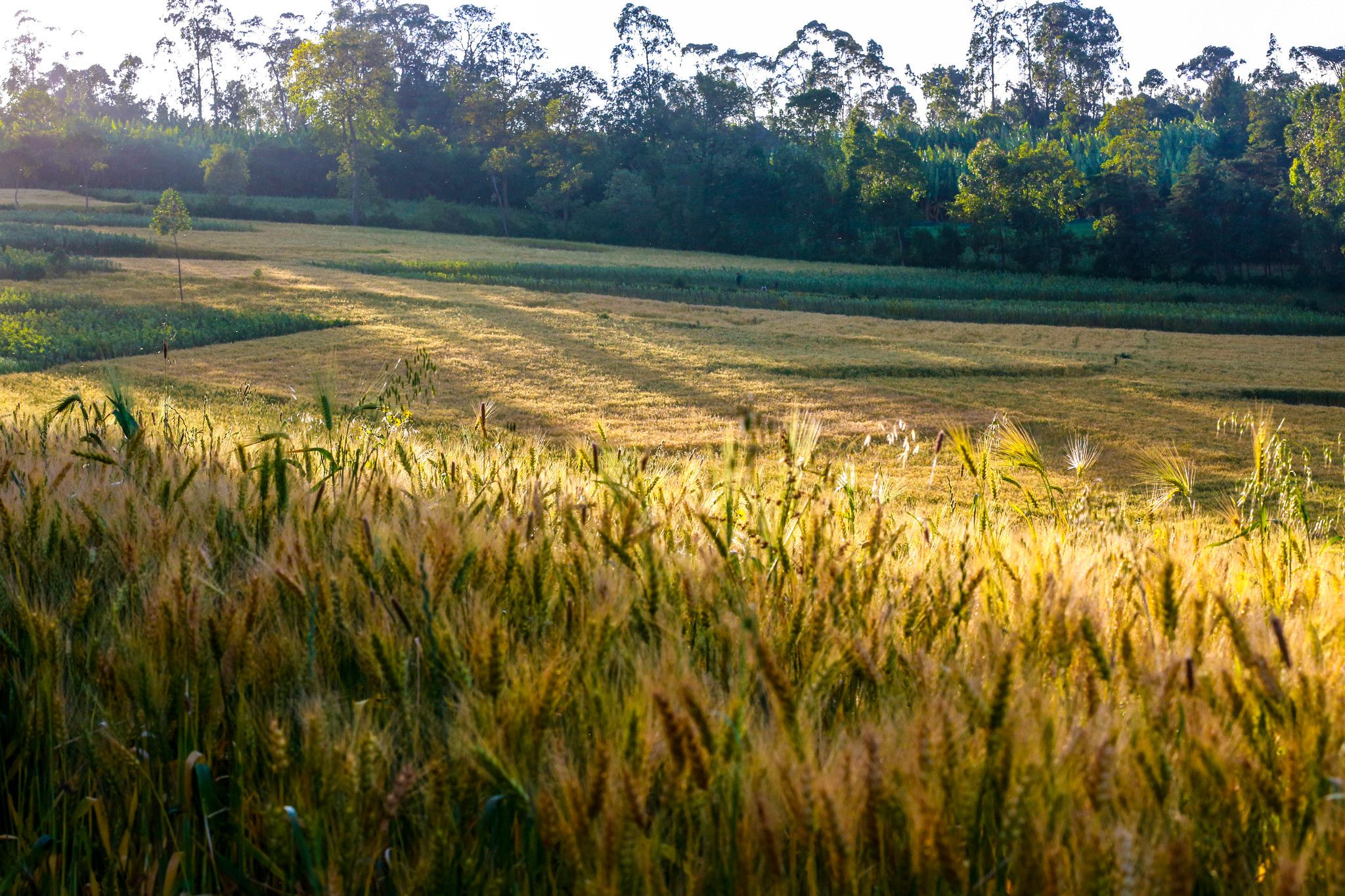
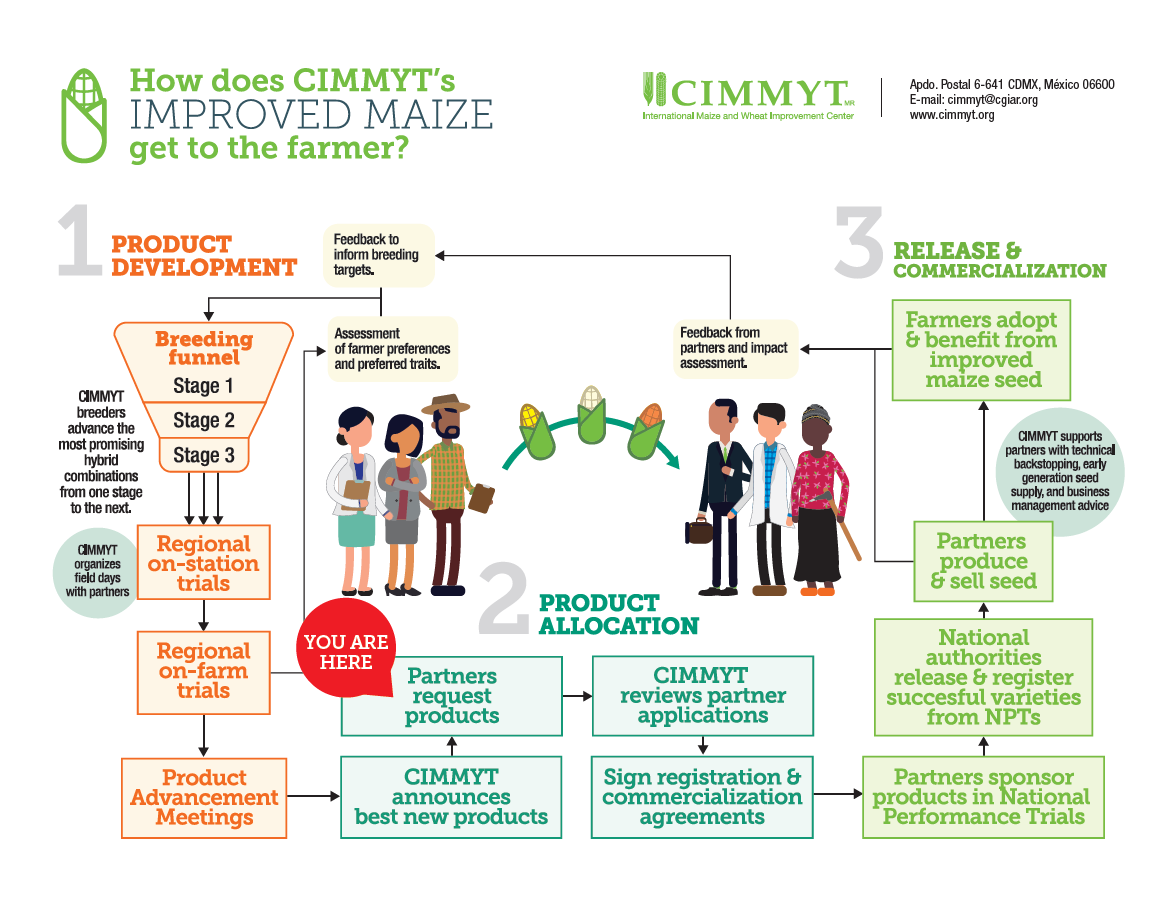
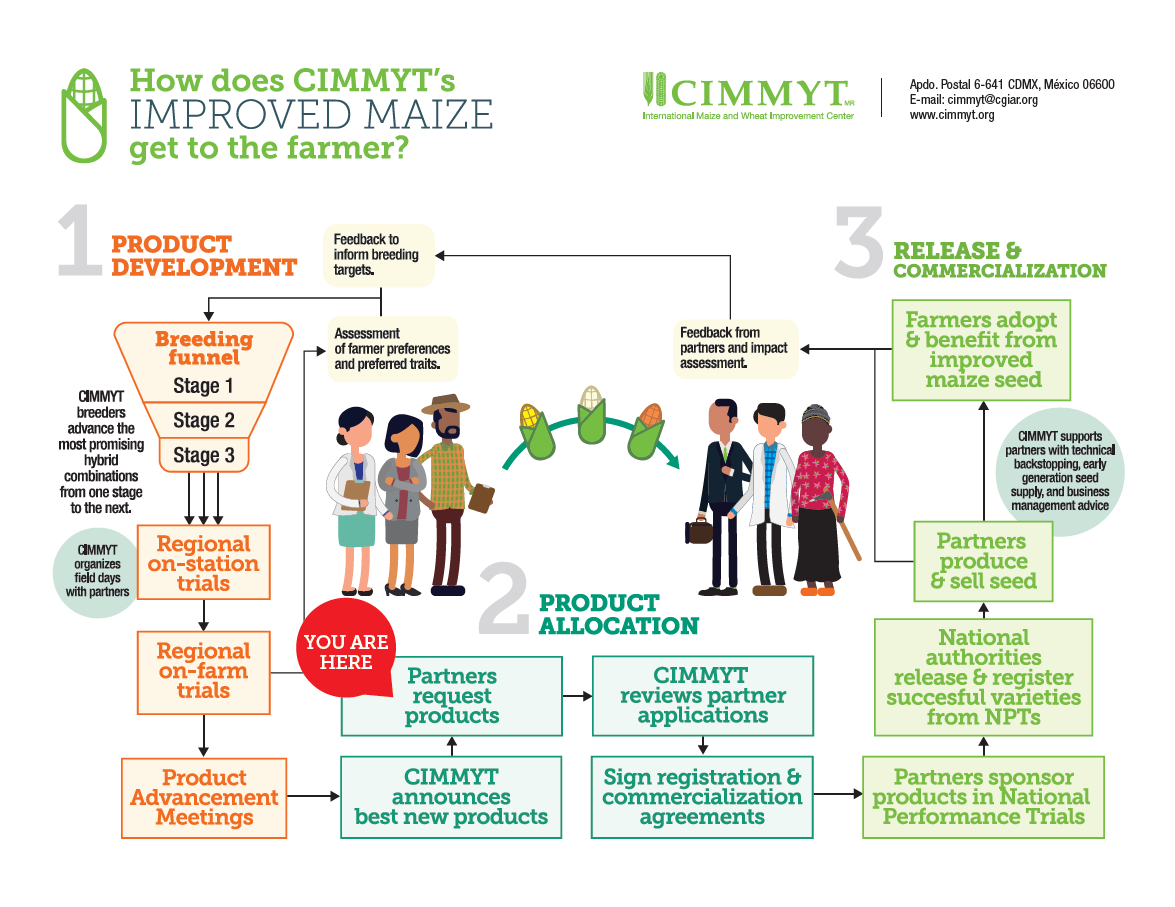
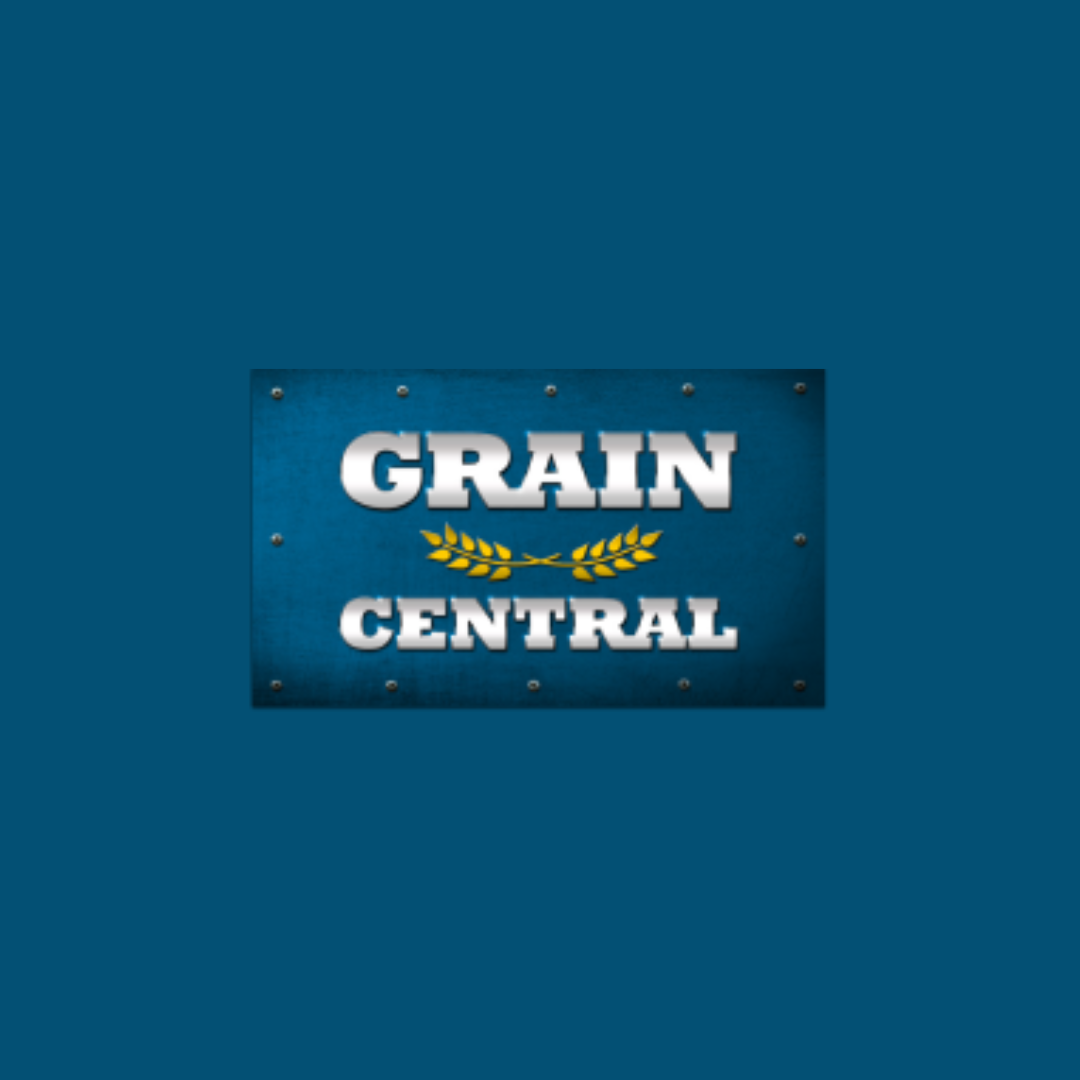


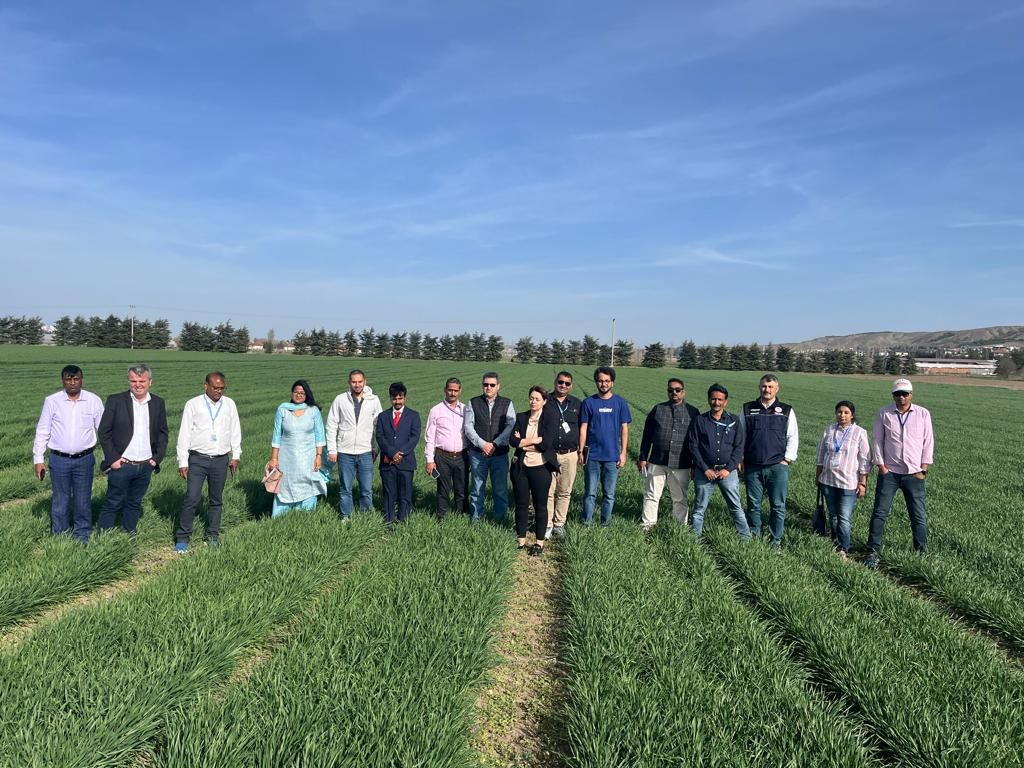
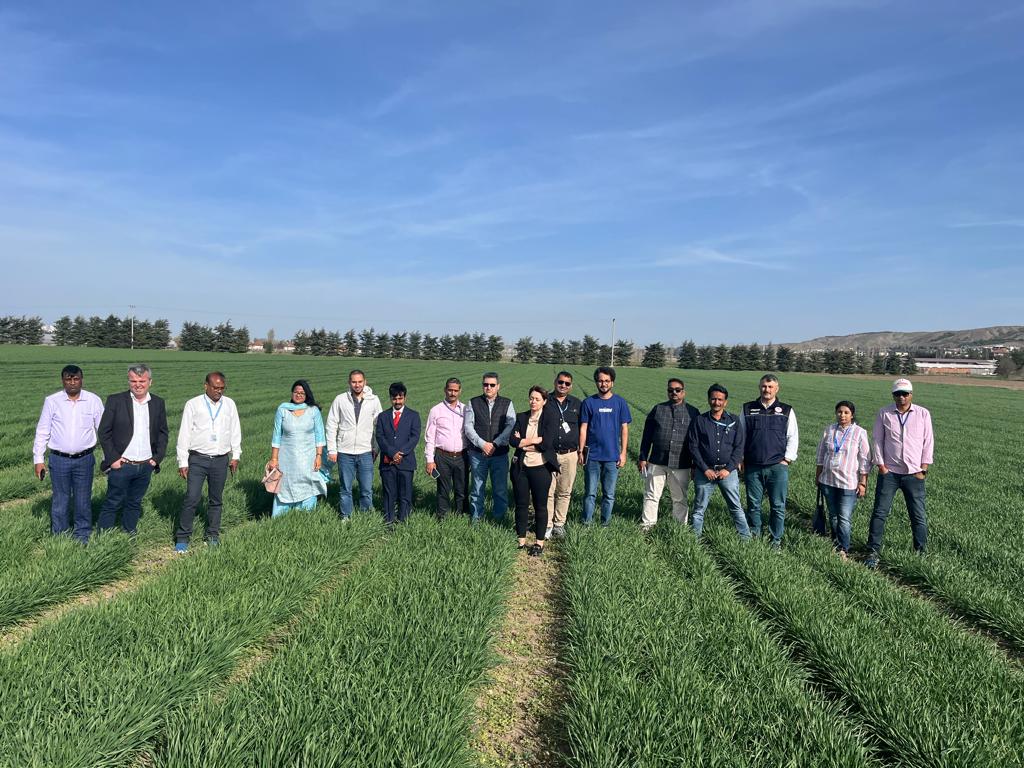 Soil is the foundation of agriculture, and healthy soil is critical to the entire ecosystem. However, soil health is under threat today as many factors make soil unhealthy, leading to significant losses in farming. CIMMYT in India has been addressing these issues in partnership with national and international institutions, while CIMMYT’s SBP program in Türkiye aims to deliver high-yielding wheat germplasm that is resistant to SBP and supports the International Soil-Borne Pathogens Research & Development Center (ISBPRDC) of Türkiye. It also facilitates knowledge exchange and technology transfer to support joint research and development activities to improve soil health.
Soil is the foundation of agriculture, and healthy soil is critical to the entire ecosystem. However, soil health is under threat today as many factors make soil unhealthy, leading to significant losses in farming. CIMMYT in India has been addressing these issues in partnership with national and international institutions, while CIMMYT’s SBP program in Türkiye aims to deliver high-yielding wheat germplasm that is resistant to SBP and supports the International Soil-Borne Pathogens Research & Development Center (ISBPRDC) of Türkiye. It also facilitates knowledge exchange and technology transfer to support joint research and development activities to improve soil health.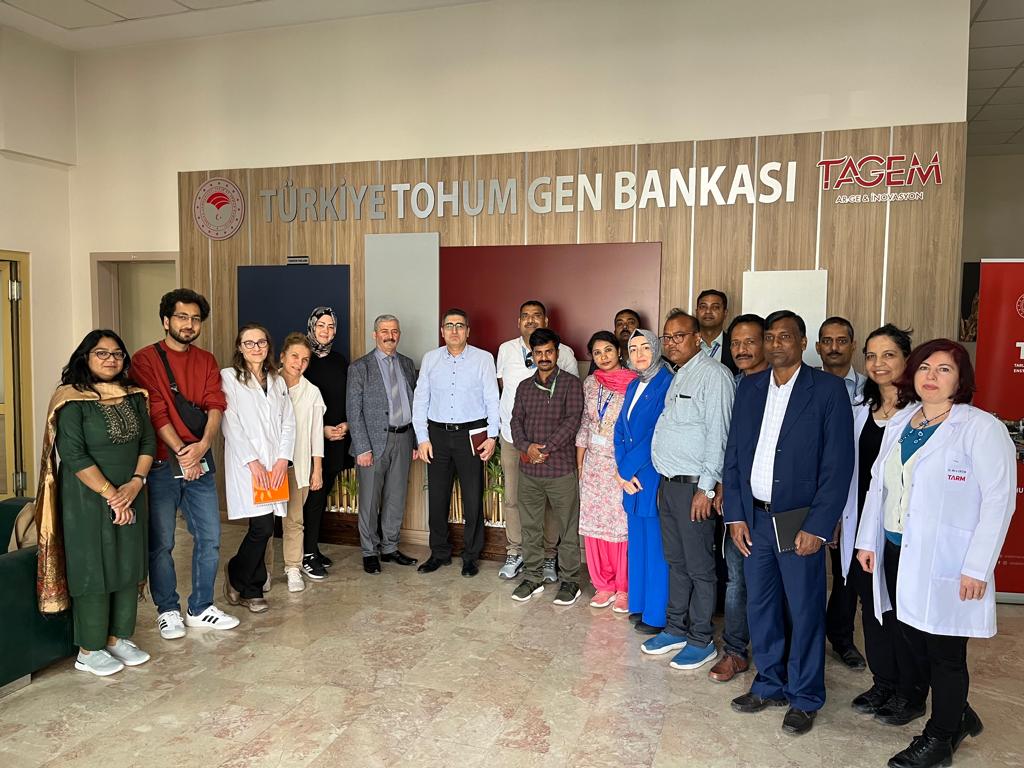 Participants later visited winter wheat trial sites at the research station in Haymana, a district of Ankara province. The group then interacted with Mesut Keser, ICARDA’s wheat breeder who specializes in winter and facultative wheat while working on the International Winter Wheat Improvement Program (IWWIP). This was followed by a visit to the pathology field experiments, a breeder seed production area, and an experimental trial for evaluating Syngenta TYMIRIUM® technology at the research station.
Participants later visited winter wheat trial sites at the research station in Haymana, a district of Ankara province. The group then interacted with Mesut Keser, ICARDA’s wheat breeder who specializes in winter and facultative wheat while working on the International Winter Wheat Improvement Program (IWWIP). This was followed by a visit to the pathology field experiments, a breeder seed production area, and an experimental trial for evaluating Syngenta TYMIRIUM® technology at the research station.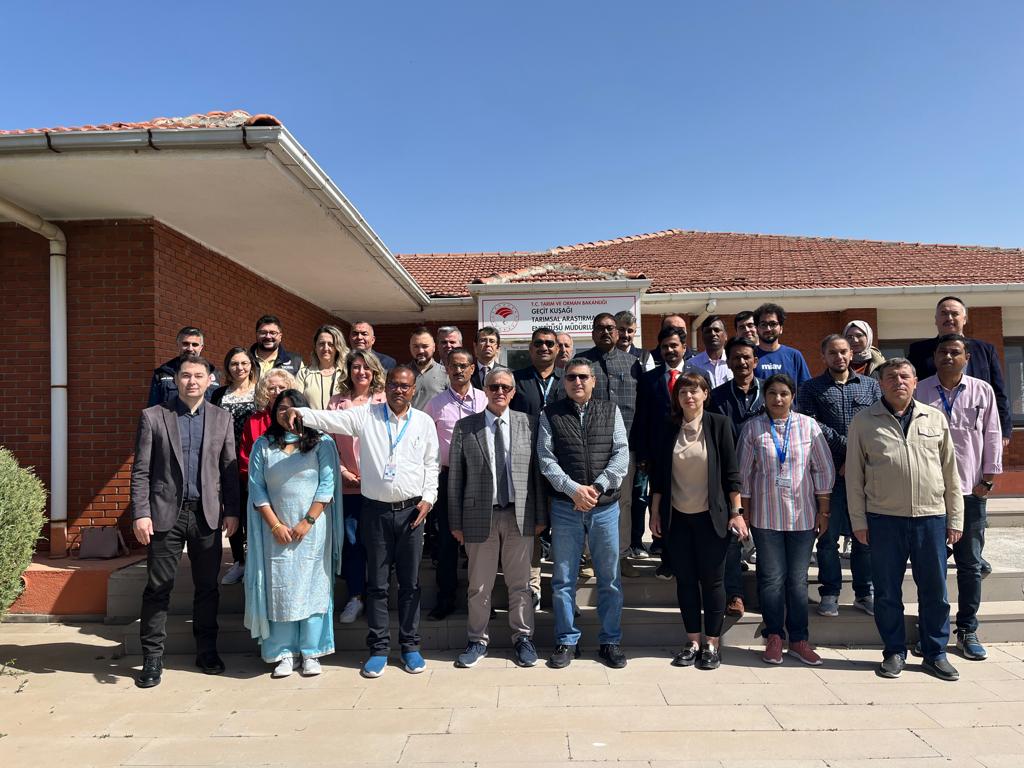 Beyhan Akin, wheat breeder at CIMMYT, gave a presentation on CIMMYT’s breeding activities in Türkiye, and Oğuz Önder presented fertilizer application on the quality of Bread Wheat and the importance of foliar fertilization in crops.
Beyhan Akin, wheat breeder at CIMMYT, gave a presentation on CIMMYT’s breeding activities in Türkiye, and Oğuz Önder presented fertilizer application on the quality of Bread Wheat and the importance of foliar fertilization in crops.

